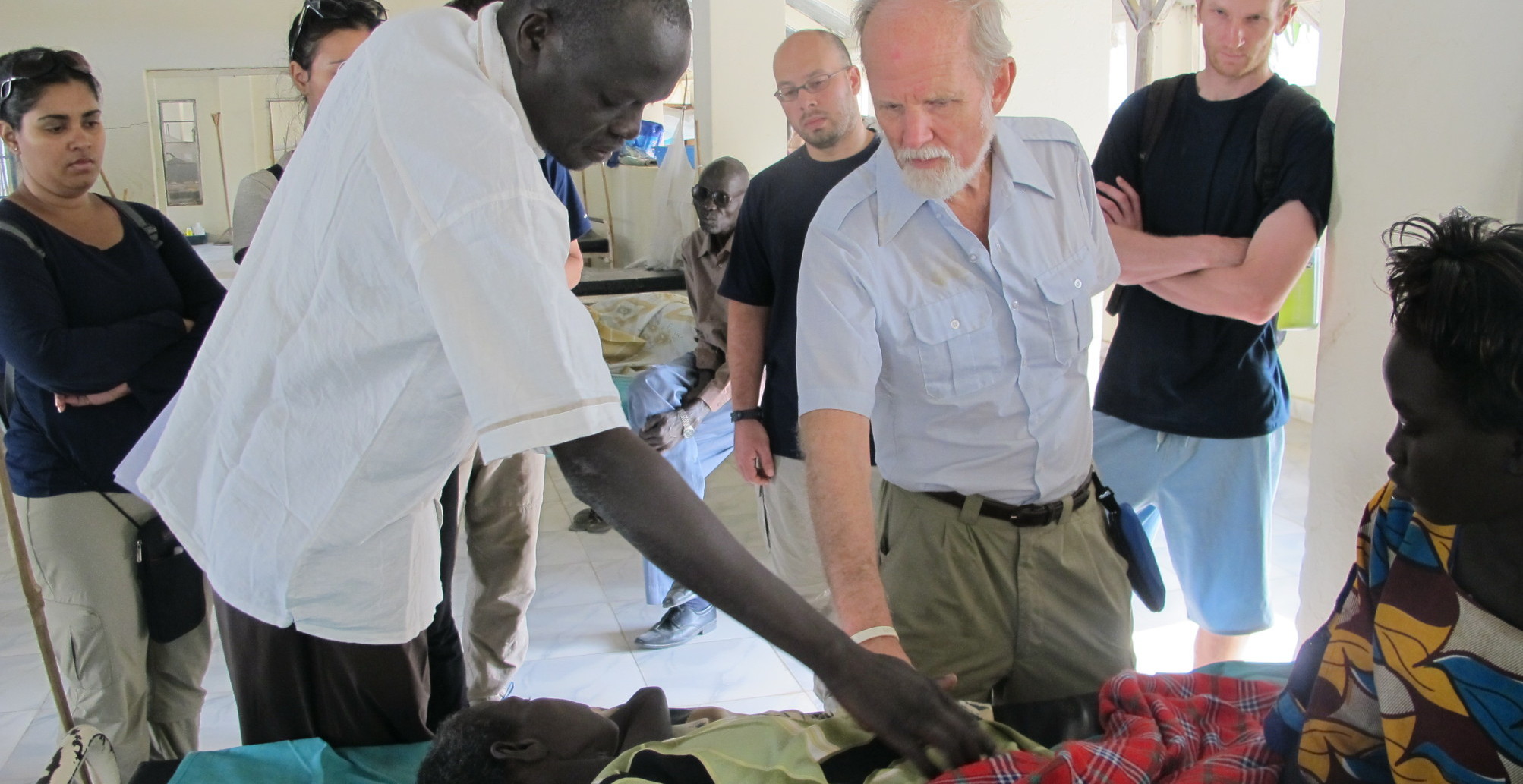
The Three Objectives of Mission to Heal : Objective Three
Mission to Heal has three objectives:
- Provide surgical operations and medical care to those who need it, who have limited or no access to it, and who cannot afford it.
- Equip medical professionals with the heart and hands to function in needy and poorly-resourced conditions.
- Equip locals to provide the medical care so that the community attains a greater degree of self-sufficiency.
Two weeks ago, we wrote about Objective #1: Provide surgical operations and medical care to those who need it, who have limited or no access to it, and who cannot afford it.
Objective #1 is about healing.
Last week, we wrote about Objective #2: Equip medical professionals with the heart and hands to function in needy and poorly-resourced conditions.
Objective #2 is about transformational learning.
Which brings us to our final objective.
Objective #3: Equip locals to provide the medical care so that the community attains a greater degree of self-sufficiency.
Objective #3 is about creating a sustainable healthcare legacy.
To date, most surgical care being provided by the global health community in the areas where Mission to Heal works has come in the form of short-term medical missions, and M2H is accomplished – even an expert – in this area. Yet, although short-term missions are definitely important in disaster relief and crisis situations, the goal of the next generation of global health practitioners – and the goal of M2H – is to develop an economical and sustainable system that provides high quality ongoing surgical care to populations in need, not with endless funding, but by cultivating local resources with ingenuity and education.
To this end, on each mission, in addition to providing care, Dr. Geelhoed also provides medical training, both to his team members and to representatives of the indigenous population, so that the work will have a sustainable and culturally-embedded future.
The hope is that by training caregivers in the locations where they are needed most, Mission to Heal will be a part of eventually eliminating the need for short-term missions to these areas.
In other words, we’re trying to work ourselves out of a job.
Take for example, the story of Dr. Jasper Dagang, son of Doctora Bing Dagang.
Doctora Bing Dagang is the doctor with whom Dr. Geelhoed began performing surgical procedures in South Cotabato, Mindanao, the Philippines, more than 15 years ago. In the early days, Dr. Geelhoed and Doctora Bing Dagang operated out of a converted warehouse and covered the windows with paper gowns to keep the public from looking in on the many thyroidectomies that were performed there.
Against this backdrop, there was another story being written – the story of a young man named Jasper Dagang. From his early childhood, Jasper expressed interest in the work being done by Dr. Geelhoed in Mindanao. He became something of a protegé. Jasper’s relationship with Dr. Geelhoed continued through his tenure at the University of the Philippines College of Medicine in Manila where he eventually became a head and neck surgeon. Dr. Geehoed even helped him perform his first thyroidectomy.

Pictured here with Dr. Geelhoed at a celebration of his graduation in 2012, Dr. Jasper Dagang has now become the head of the new Martha Medical Mission, a 50-bed hospital serving the same populations that Dr. Geehoed and Doctora Bing Dagang had been serving out of a converted warehouse so many years before.
As the story of Dr. Dagang illustrates, Mission to Heal is already the story of Western and indigenous caregivers operating side-by-side on the fringes of surgical civilization.
And the goals for the future?
To continuously raise the quality of care in a sustainable manner.
To give health care in developing regions a foundation and a future.
To bring hope to the “bottom billion” of the world.
For Mission to Heal,
Objective #1 is about healing.
Objective #2 is about transformational learning.
Objective #3 is about creating a sustainable healthcare legacy that will endure.